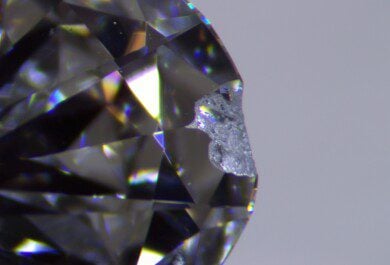Diamond and cubic zirconia (CZ) may look similar at first glance, but any similarity ends there. They have dramatic physical properties. Their value propositions are entirely different, and one of them has an expiration date after a few years of daily wear. Read on to learn more.
PriceScope Pointer: CZ is an appealing and durable gemstone, suitable for daily wear, but we would not recommend a CZ for an engagement ring without first discussing it with the wearer.
Before going on: Check out the PriceScope Diamond Buying Guide
READ OUR DIAMOND BUYING GUIDE
These pages may reference products from companies that help to support PriceScope.
Jump to a Section
Cubic Zirconia vs Diamond Explained
Cubic zirconia (CZ) is a diamond simulant, which means it was created to simulate how a diamond appears, but it’s entirely different in a physical and chemical sense. A CZ may resemble a diamond at first glance, but it doesn’t treat light the same way, produces less visible fire, is more dense but not nearly as hard as diamond.
Technically, cubic zirconia is the cubic crystalline form of zirconium dioxide (ZrO2), whereas diamond is crystallized carbon (C).
Despite the clear differences, CZ has remained the most economically important diamond simulant for the half-century it has been on the market, rivaled only by synthetic moissanite.
Buying diamonds and jewelry online has changed shopping habits and is proving to be a huge benefit to buyers. A recent development is the ability to select a loose diamond from a huge inventory and partner it with a beautiful setting. Our distinguished list of vetted vendors like Whiteflash, Blue Nile and James Allen are experts at listening and helping you determine which combo of the 4Cs is perfect for you and your budget.
Cubic Zirconia vs Diamond Chart
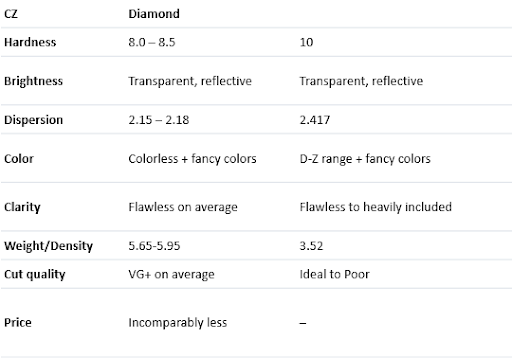
Diamond vs CZ Value
Diamonds are unarguably more expensive than cubic zirconia. A completely colorless, flawless natural diamond weighing just 1.00 carat can sell for around $10,000. A comparable lab grown diamond will be far less expensive, but still requires a notable budget compared to the $25 you might pay for a comparable CZ.
You can read more regarding our advice on purchasing lab-grown diamonds here.
A Diamond is Forever
Diamonds live up to their ‘forever’ association. Natural diamonds have long been considered a ‘store of value,’ because they tend to hold, and slowly increase, in value over time. While the ‘store of value’ concept does not apply to lab grown diamonds, all diamond jewelry is generational.
With proper care a natural or lab grown diamond will literally last forever and can be reset and passed down to future generations of family.
A CZ is Forever?
No. If properly cleaned and cared for a CZ will last for a handful of years before it needs to be replaced, depending on how much it’s worn. Over time it will become scratched and get cloudy. Fortunately, the affordability makes replacement quite easy.
Secondhand Value
To be blunt, CZ has no secondhand market value. There is also a societal stigma surrounding CZ and it’s closely associated with the word ‘fake.’ Any number of TV shows or movies have storylines where someone gets exposed as a fraud when their partner learns a supposed diamond ring actually contains a CZ.

How to tell the difference between Diamond and CZ?
PriceScope Pointer: If you’re not experienced with diamonds, or familiar with them on a daily basis, the best way to tell what’s a diamond versus what may be a CZ is to take it to a jeweler or gemologist who can make that determination and verify it with professional equipment.
Homemade Methods
There are a few casual ways of analyzing diamond vs CZ at home. Be advised, these are not foolproof, nor does PriceScope recommend them for anything other than fun.
Nevertheless, they may be interesting for those who have both diamonds and CZs on hand.
Colored Flashes
If you turn a diamond and a CZ upside down next to one another the pavilion (bottom) of the diamond will typically show many colored reflections, while the CZ predominantly has orange and blue flashes. This is because CZ has a lower refractive index (around 2.17) than a diamond does (2.417).
Heat Transfer
Diamonds are extremely good at conducting heat. CZ is far more insulating, thus slower to react to thermal changes. That means diamonds will warm up in your hand faster than CZ.
Hardness
Diamonds have the highest hardness of any natural object. They will not scratch or wear-down, unless scratched by another diamond. A diamond’s Mohs rating of 10 is many, many times harder than CZ’s rating of 8.0-8.5. Over time this can take a toll on a CZ. If you have a magnifying glass or microscope – or a good zoom on your mobile device’s camera – check out the facet junctions and edges. If they look abraded, soft or worn down it’s probably not a diamond. A diamond’s facet edges tend to look precise and sharp.
Clarity
Most of the world’s diamonds have internal clarity characteristics called inclusions. Most of the world’s CZs have no inclusions whatsoever. If you’re skilled at using a gemological microscope you can analyze stones using darkfield lighting under high magnification.
If there are no flaws it may point to the likelihood of CZ, but please don’t do this unless you are a seasoned pro. After all, it might be a Flawless diamond you’re examining!
Is it time you brush up on your diamond knowledge? The forums and education on PriceScope are an excellent resource for diamond information. Whether you’re looking for information about the 4Cs, fluorescence, settings or specifications, everything about diamonds is right here for you to explore at your own pace.
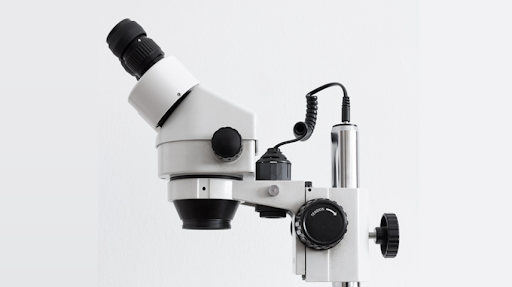
Diamond vs CZ – Comparisons
CZ vs Diamond Origins
Natural diamonds crystallized around 100 miles deep in the earth between one and three billion years ago. This happened during the supercontinent cycle, prior to Pangaea, so the ‘origin’ of a natural diamond is older than current maps and borders, although people frequently associate them with the countries from where they are mined.
Both CZs and Lab grown diamonds are produced in factories, but any similarity ends there. While CZs are simulants, made to simulate the way diamonds look, lab grown diamonds are the real deal.
Grading institutes like IGI, GIA, GCAL and AGS, as well as the Federal Trade Commission have pronounced them chemically, optically, and visually identical to natural diamonds. They are ‘real’ diamonds, with the only exception being that they were created in a lab which reflects in certification.
Whiteflash, Blue Nile and James Allen offer comprehensive inventories of quality diamonds, complete with high-res imaging and videos and diamond certificates. Their commitment to consumer education and transparent business practices are outstanding!
Diamond vs CZ Durability
Diamonds do not scratch easily. In fact, the only way to scratch a diamond is by using another diamond. They have Mohs 10 hardness, which is the highest of any natural substance. Natural and lab grown diamonds are in that Mohs 10 category by themselves. Diamonds are also extremely durable; the ancient Greek word for diamond is adamas, which means invincible.
CZ is also hard, suitable for jewelry with Mohs hardness of 8.0-8.5, but that is not anywhere near diamond’s 10. Like diamonds, they require regular cleaning and care to maintain their sparkle. Unlike diamonds, they can become scratched and cloudy over time.
You can expect CZ jewelry to last for several years with everyday wear and with occasional wear they can last longer, if they are properly cared for and kept clean.
Diamond vs CZ Density
Diamond’s specific composition and crystal structure give it a density of 3.52. By comparison, factory made CZs have a higher density of 5.65-5.95. This means CZ is the denser stone so a diamond and CZ of identical carat weight will not be the same size.
If you place a 2.00 carat diamond next to a 2.00 carat CZ the CZ will look notably smaller.
CZ vs Diamond Color
Since CZs are produced in factories, they are almost always colorless, matching the highest diamond color grade of D. There are also colored CZs which, like colorless, are extremely affordable compared to diamonds.
Most diamonds have some hint of yellow. Only the top three grades, D, E and F, can compare to colorless CZs. Natural diamonds in other colors like red, blue, green, and pink are extraordinarily rare – to the degree that only royalty and the affluent historically had access to them.
That is changing as lab grown diamond technology advances, with affordable lab grown diamonds becoming available now in all colors of the rainbow.
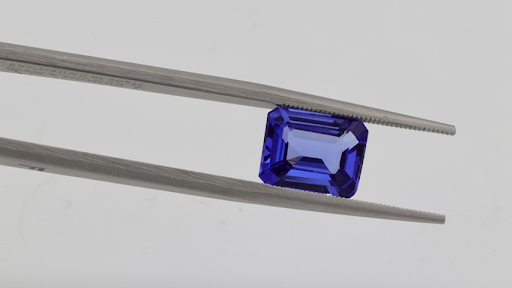
Diamond vs CZ Clarity
Diamonds come in a wide variety of clarity categories, from Flawless at the top to heavily Included at the bottom. The higher the clarity grade the more valuable and expensive the diamond. Here is a fun fact; even flawless diamonds may not be completely flawless if you increase the magnification of your microscope. Why? Because graders pronounce the clarity grade using 10X magnification, with the diamond viewed from the top only.
As with color, the controlled conditions under which CZs are produced means they have extremely high clarity; nearly all of them are flawless. This is one of the first examinations many jewelers make in their analysis process when asked if a stone is a CZ or a diamond.
Most people reading PriceScope use our education pages, community forum, and diamond concierge service to scratch that particular itch.
CZ vs Diamond Sparkle
CZ has a refractive index (RI) of 2.15-2.18, which is far lower than that of a diamond. That means light will not bend as much in a CZ, so the range and intensity of colored flashes will not be as deep. Diamond’s refractive index of 2.417 is between that of CZ and moissanite, another popular simulant with RI of 2.65-2.69.
Experienced gemstone lovers frequently find CZs sparkle underwhelming and moissanite’s sparkle somewhat artificial looking, whereas the aesthetic of diamond has historically proven to be “just right.”
We encourage taking a look at Astor by Blue Nile, Whiteflash A CUT ABOVE®, and James Allen True Hearts – with our premium vendors, customers are guaranteed diamonds with superior cut quality and breathtaking settings.
Summary: Cubic Zirconia (CZ) vs Diamond
Diamond and CZ may look similar from a distance, but any similarity stops there. Upon close examination they are not the same, optically, and the chasm between their physical and chemical differences is vast.
In The Mainstream
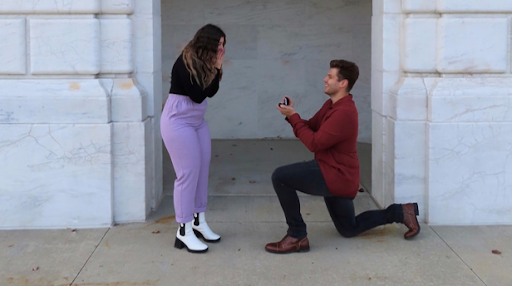
Diamonds are associated with prestige and a forever-concept.
CZs are associated with the word ‘fake,’ and have no second hand value.
With that said, whether a CZ works for your purposes will depend on what you’re using it for and what your values are. They are affordable, responsibly produced and aesthetically pleasing. If the choice of CZ aligns with your philosophies and personal circumstances that is what’s most important.
And either way: Be sure the wearer knows what you have chosen.
If making more environmentally conscious purchasing decisions is the motivator for considering cubic zirconia, explore engagement rings, wedding rings, Beyond Conflict Free™ Diamonds, and jewelry at Brilliant Earth, a global leader in ethically-sourced fine jewelry.
If you would like a full understanding of the great variety of diamonds online and in stock, we recommend checking out our large selection of loose diamonds, which contains all the nitty gritty information you need to feel satisfied in your purchase.
SEARCH FOR YOUR PERFECT DIAMOND















